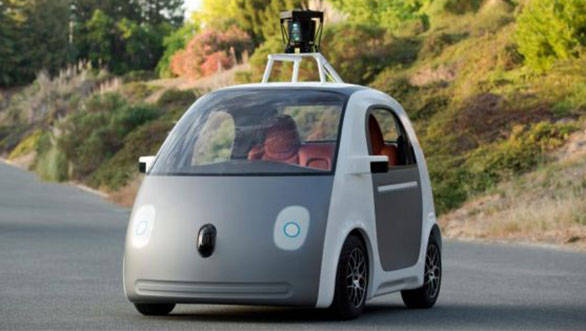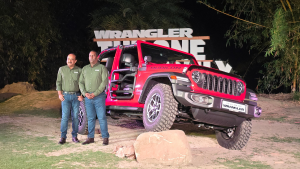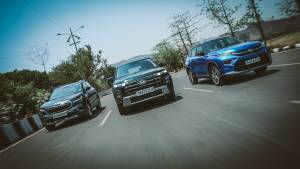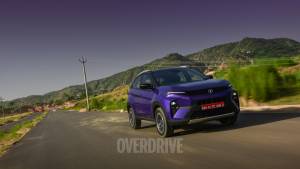Google builds fleet of driverless cars
The next time you say 'Look Ma, no hands', don't be surprised if your mom replies 'Look son, no steering'. Well that's because Google has started building a fleet of 100 prototype autonomous vehicles which do not have a steering or even an accelerator or a brake pedal. There will only be buttons for stop and go. The rest would be handled by the electronics and the gazillion sensors it comes equipped with. The car can be summoned via a smart-phone application. The car comes, picks you up and takes you to your destination.
[caption id="" align="aligncenter" width="586"] The car resembles the Nano, but looks more like something walking out of a Pixar production[/caption]
The car resembles the Nano, but looks more like something walking out of a Pixar production[/caption]
Google has done hundreds of miles on public roads in its self-driven Lexus SUVs and Toyota Priuses. There was also a rumour that one of the cars had crashed, though Google later clarified that it was being driven manually.
They got this revolutionary idea when the boffins at Google felt that the mechanism to return control to the passenger in case of an emergency wasn't feasible. In a study, the average reaction time (including the processing time) to respond to unexpected events while driving was 1.25 seconds. The numbers would be even worse when the passenger is reading a newspaper or in the worst case, sleeping. Google says that with this step, "Seniors can keep their freedom even if they can't keep their car keys."
The car is currently being made by an undisclosed Detroit manufacturer. It resembles the Nano, but looks more like something walking out of a Pixar production. The front of the car would be made from a foam-like material to improve pedestrian safety, just in case the computers fail.
The insides are sparsely equipped. There are two seats with seatbelts and there is some storage space for the passengers' belongings. Apart from this, there are two buttons marked 'start' and 'e-stop'. The stop button is only for emergency purposes. One can also see the exposed roll cage on the inside.
It is powered by an electric motor. Currently, it has been restricted to 40kmph and has a range of 160 kilometres. The electric motor is similar to the one in Fiat 500e. Google has also hinted that once necessary permissions are given, much higher speeds are possible.
To help it in this Herculean task, it has sensors that remove blind-spots and can even detect objects more than 600ft away (more than two football fields!). Though, it still has rear view mirrors to comply with the vehicle regulations.
Currently automatic driverless vehicles are only allowed in California, Nevada and Florida. But even these states allow vehicles only if they can transfer control to the passenger in the case of an emergency. Hence the early prototypes will be equipped with manual controls.
Google says that there are plenty of possibilities if they can persuade the regulators. A study shows that the costs of taxi services can be reduced from $4 per mile to just 50 cents with the help of these cars. That is eight times less!
There are other manufacturers too which have been working on similar technologies. Mercedes-Benz has been on it for more than three decades. Its driverless system in the current S-Class deactivates if the driver keeps the hands off for more than 10 seconds. Mercedes says that the only thing stopping it from launching an S-Class with driverless mode is the potential of lawsuits. Still, they are working on it and plan to achieve their goal within the decade.
BMW also created waves recently with their self-drifting BMW 2 Series and 6 Series. They say that this brings the car into the line during demanding driving conditions.
Volvo on the other hand will begin mass testing of its driverless cars by 2017. However, the first batch of its self-driven cars is already being tested on Swedish roads.
Google co-founder, Sergey Brin, believes that their car is a much larger step forward compared to other manufacturers. While the prices haven't been revealed yet, Google says that the cars would be ready for public roads by next year.
As Pope John Paul II once said, "The future starts today, not tomorrow.", the car takes a huge step forward today and the word driver may perhaps be relegated to history.
Check our other articles about self-driving cars here












